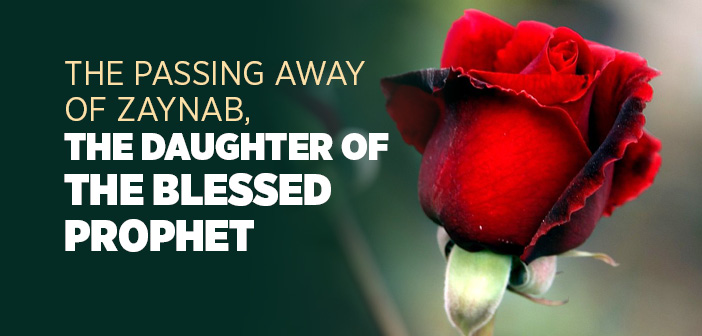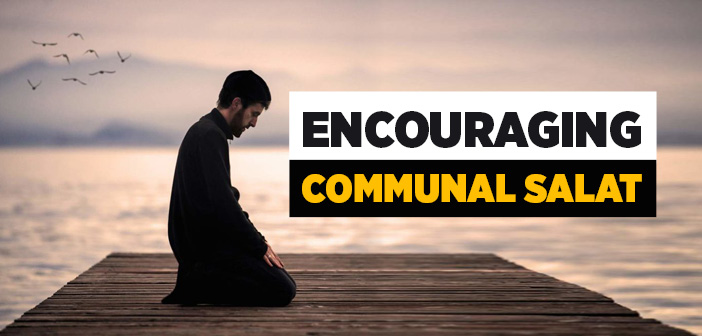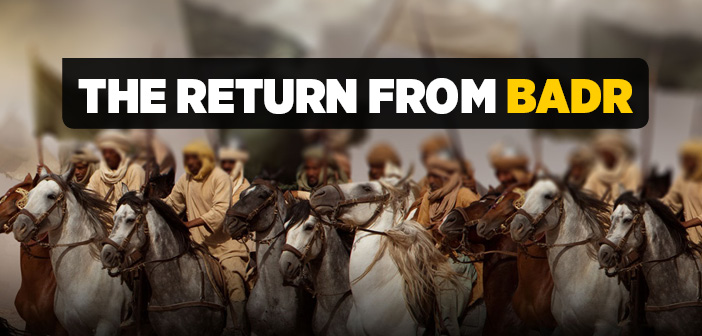Who is zaynab binti muhammad?
Zaynab -Allah be well-pleased with her- never really recovered from the injury she received, when she was pushed off from camelback during her journey to Medina. She ultimately breathed her last on the turn of the eighth year of Hegira. Her corpse was washed by Umm Ayman, an Ansari woman Umm Atiyya and the honorable wives of the Prophet -upon him blessings and peace- Sawda and Umm Salama. Just before they began the Noble Prophet -upon him blessings and peace- came next to them and told them to begin washing her, “…from the right hand side and with her limbs of wudu! Wash her in odd numbers with water and sidr;[1] once, three times, seven times and more, if necessary. Place some camphor in the water before the last run. Inform me when you are done!”
Combing Zaynab’s -Allah be well-pleased with her- hair, they parted it into three and tied it into three locks; one each for the sides and another for the hair on the top of her head. As they finished washing her, the Blessed Prophet -upon him blessings and peace- handed them the shroud he had around his waist and told them to, “Use it as an inner shroud for Zaynab!”[2] (Bukhari, Janaiz, 9, 13, 17; Muslim, Janaiz, 36; Ibn Sad, VIII, 34-36)
After leading her funeral salat, the Noble Messenger -upon him blessings and peace- descended to her grave, downcast and mournfully. He momentarily remained there, before climbing back up, this time with a smile on his face, saying, “Thinking of Zaynab’s weakness, I prayed Allah to alleviate from her the troubles and heat of the grave…and Allah accepted my prayer.” (Ibn Athir, Usd’ul-Ghabah, VII, 131)
[1] A sidr is a type of cherry tree found in Arabia, known for its dense and pleasant shade. Its leaves are used to wash the corpse the deceased. (Âsım Efendi, Kâmus, II, 385)
[2] The shroud that is sunnah for a male consists of three parts: an izar to cover the entire body, a shirt and a wrap. For a female, it consists of five parts: an izar, a hijab over her head, a wrap, a cloth tied around her breasts and abdomen and a shirt.
Source: Osman Nuri Topbaş, The Prophet Muhammed Mustafa the Elect II, Erkam Publications





